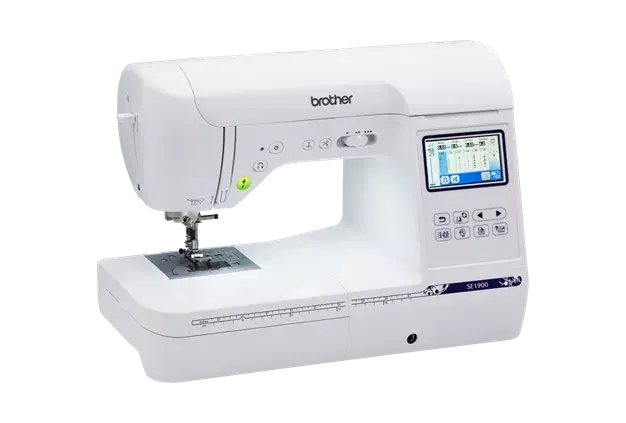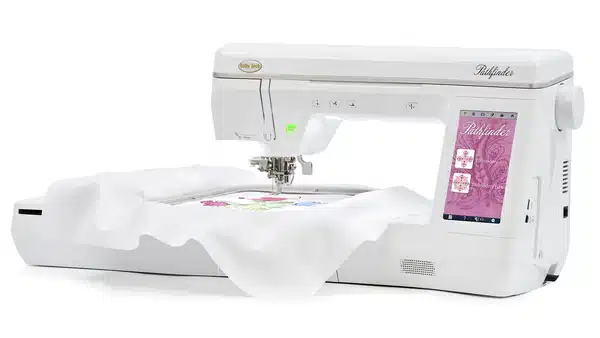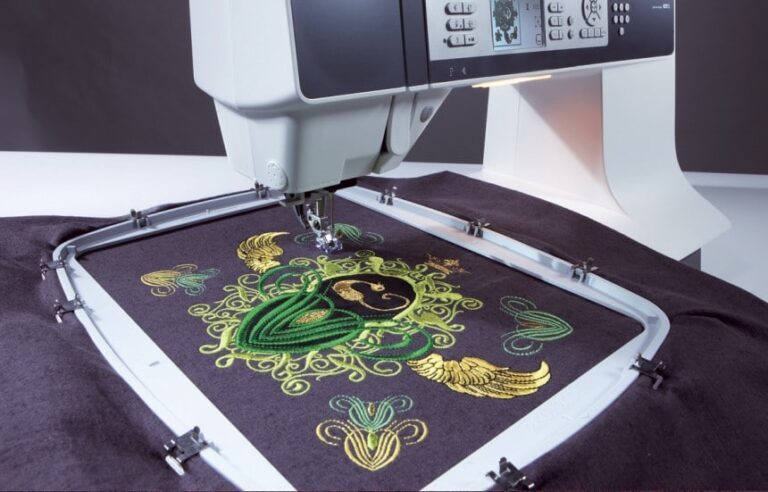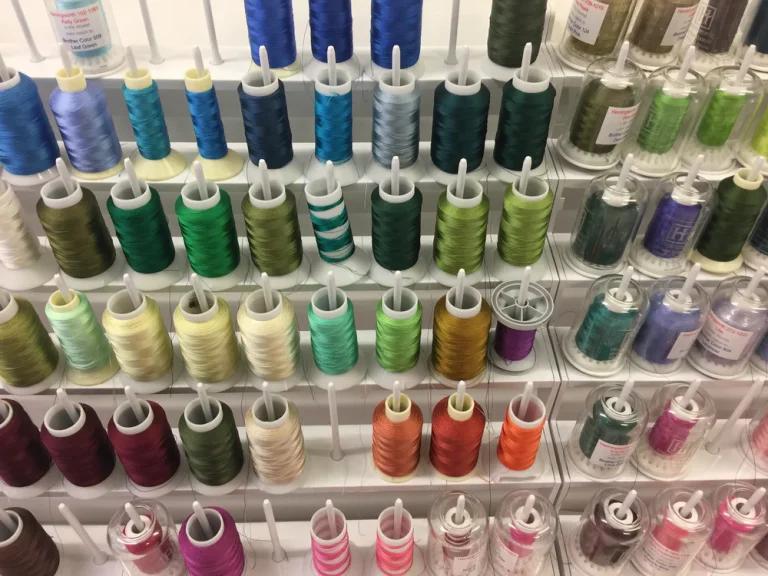

#1: Your design is puckering
Solution: Use the appropriate stabilizer for your fabric.
If your design is not flat or is stretched enough to affect the quality of the overall finish, you may need to change the stabilizer you use to hold your stitches.
Stabilizer is great for embroidery projects that don’t require frequent washing, such as hats and purses, and where the back of the design won’t be visible. Fabrics: Heavyweight fabrics like denim, canvas, and twill.
Die-cut stabilizer: ideal for stretch fabrics, use the die-cut for projects where the back of the design will be visible on the finished product. Fabrics: loose knit, terry cloth and polyester.
Water Soluble Stabilizer: Specially suited for delicate materials, a water soluble stabilizer is formulated to wash away from your embroidery, leaving you with a natural looking design. Fabrics: Sheer fabrics like lace, chiffon, and chiffon.
#2: Your knitted fabric project has visible holes
Workaround: Switch to a ball point needle.
When working with knits and other loosely woven fabrics, it is important to use ball point needles. Ball points work by gently pulling the threads away from the fabric as you sew, preventing large holes. If this happens to you, chances are your machine has a sharp-pointed needle, which pierces the fibers of the yarn, causing the hole.
#3: Your bobbin thread appears above your embroidery
Solution: Adjust the bobbin or upper thread tension.
When your bobbin thread is visible on top of your design or logo, it means the needle thread is working at a higher tension. This suggests one of two things:
Your needle/upper thread is too tight
Your bobbin thread is too loose
Check your machine’s manual for how to adjust the bobbin tension and follow your thread guides precisely. Clean your bobbin case regularly
#4: Your hoop leaves an imprint on your finished project
Solution: Treat your hardware
“Hoop burn” occurs when the fabric is too tight in the hoop and moisture escapes from the fabric, resulting in a visible indentation of your hoop. T-shirt knits, chenilles, and velvets are especially prone, and are best floated on your hoop. If you notice hoop burn after completing a project, treat the affected area with a stream of water or steam to rehydrate the area and lift the imprint.
#5: You have gaps between fill stitch areas
Solution: Adjust your pull compensation settings.
When you notice that the colors in your fill stitch pattern aren’t edging together properly, leaving gaps, it may mean you need to stitch longer to compensate for the pull in your fabric.
Locate your machine’s native file and adjust the defaults 0.1mm at a time until your design registers accurately.
Related Posts
Discover relevant articles, tutorials, and tips to improve your skills and explore new techniques.
Stay inspired and connected to our embroidery community.






Hello to all, how is everything, I think every one is getting more from this web page, and your views are pleasant for new people.
Incredible points. Great arguments. Keep up the good spirit.
Hey There. I found your blog using msn. This is an extremely well written article.
I’ll make sure to bookmark it and return to read more of
your useful info. Thanks for the post. I will definitely return.